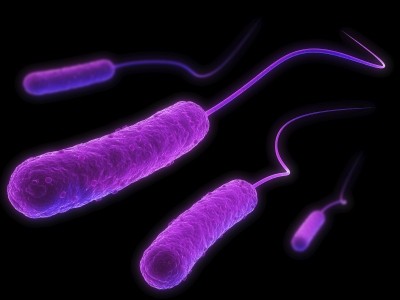Norway investigates Salmonella outbreak

The Norwegian Institute of Public Health (Folkehelseinstituttet) has been notified of seven people with infection but the source has not yet been identified.
All of them ate at the Joe & The Juice restaurant at Oslo Airport in Gardermoen during the same period.
The agency said it was too early to say if it was a limited outbreak or something that will increase but it is monitoring the situation.
The DNA profile has never been seen in Norway either in humans, animals or in foods, it added.
Folkehelseinstituttet is cooperating with the municipal health service (kommunehelsetjenesten), the Norwegian Food Safety Authority (Mattilsynet) and the Veterinary Institute (Veterinærinstituttet) to investigate whether patients may have a common source of infection.
Outbreak investigation
Patients are between 19 and 60 years old but most are young adults (20-30 years). They live in Finnmark, Møre and Romsdal, Sogn and Fjordane, Akershus and Oslo.
All samples were taken in late August and all are believed to be infected in Norway. Bacteria with similar DNA profiles have been detected in all seven people.
The most common symptoms of salmonellosis are diarrhea, fever and abdominal pain. There are no indications that this bacterium causes more serious disease than other varieties of Salmonella.
Interviews with the patients and samples from homes have been taken to find the source of infection.
Folkehelseinstituttet said investigations can be complicated and in many cases it will not be possible to find the source of infection or to clarify whether it is a common source.
Samples from food and environment are analyzed at Veterinærinstituttet.
Each year, between 900 and 1,300 cases of salmonellosis are reported to the public health department. Most cases (>70%) are infected abroad.
The last national outbreak of Salmonella in Norway was in late 2013.
Salmonella Coeln was detected in 26 people aged two to 81 years.
Epidemiological investigations pointed to a pre-cut salad mix as the most likely cause but the pathogen was not detected in the product.


















